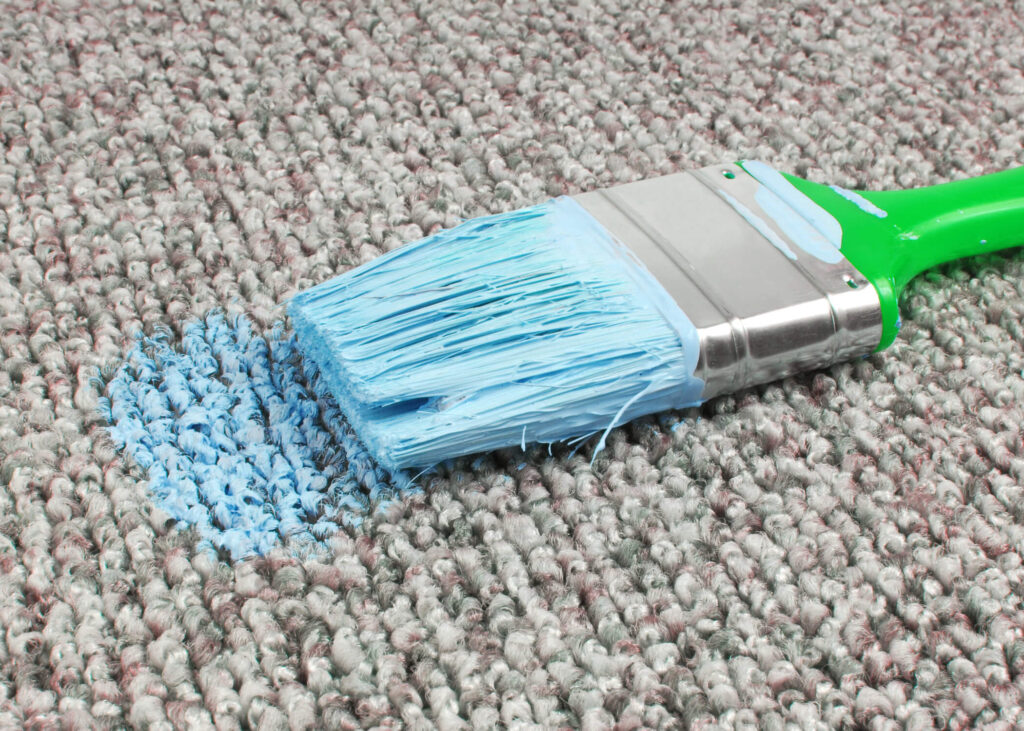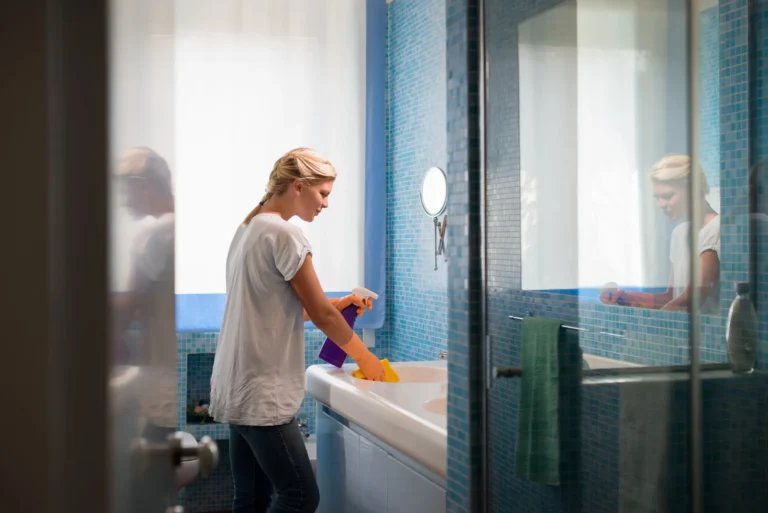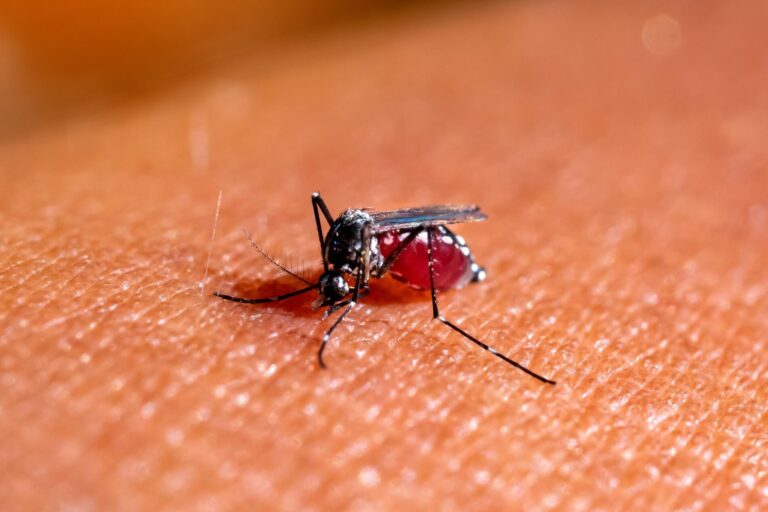
Paint stains, whether from a DIY project or a professional painting job, can be a challenge to remove. However, with the right techniques and tools, you can effectively clean paint from various surfaces without causing damage. This comprehensive guide, designed for homeowners and cleaning professionals alike, provides step-by-step methods to remove paint stains from walls, floors, furniture, clothing, and glass. By following these tips, you can keep your home looking pristine. For those planning a painting project, hiring professionals like Dublin Deco Painting can minimize cleanup by ensuring surfaces are protected and post-painting cleanup is thorough.
Safety Precautions
Before attempting any cleaning method, test it on a small, inconspicuous area to ensure it won’t damage the surface. When using chemical solvents like rubbing alcohol, acetone, or paint thinner, work in a well-ventilated area, wear gloves, and follow the manufacturer’s instructions. Always check the care label for fabrics and avoid harsh scrubbing on delicate surfaces to prevent scratches or discoloration.
Types of Paint
Understanding the type of paint is crucial for effective stain removal:
- Water-Based Paint (e.g., latex, emulsion): Common in household painting, these paints are easier to remove, especially when wet, using water-based solutions.
- Oil-Based Paint: Used for glossy finishes or durable surfaces, these require stronger solvents like paint thinner or turpentine for removal.
Removing Paint Stains from Painted Walls
Paint splatters on painted walls can be tricky, as aggressive cleaning may damage the underlying paint. The approach depends on the paint type and whether the stain is wet or dry.
| Scenario | Method |
|---|---|
| Wet Paint | Wipe immediately with a damp cloth to remove as much paint as possible. |
| Dry Paint | Mix warm water with a few drops of mild dish soap. Gently scrub with a soft sponge. If the stain persists, try a solution of equal parts white vinegar and water. Avoid scrubbing too hard to prevent removing the wall paint. For stubborn stains, touch up the area with matching wall paint. |
Note: If the stain is a different color or type of paint, removing it without affecting the wall’s finish can be challenging. In such cases, repainting the affected area may be the best solution.
Removing Paint Stains from Floors
The method for removing paint from floors varies by flooring type. Below are tailored approaches for hardwood, carpet, and tile floors.
Hardwood Floors
Hardwood floors require gentle handling to avoid scratching the finish.
| Scenario | Method |
|---|---|
| Wet Paint | Dab with a clean cloth to absorb the paint, then wipe with a damp cloth. |
| Dry Paint | Use a plastic scraper or putty knife to gently scrape off the paint. For residue, apply a small amount of rubbing alcohol to a cloth and rub gently. Clean with soapy water afterward to remove any alcohol residue. |
Carpet
Carpet stains can be particularly stubborn, especially when dry.
| Scenario | Method |
|---|---|
| Wet Paint | Blot with a clean cloth or paper towel, avoiding rubbing to prevent spreading. Clean with a warm water and dish soap solution using a sponge. |
| Dry Paint | Scrape off excess paint with a blunt knife. Apply a hot water and dish soap mixture, let it soak for 5–10 minutes, then scrub gently with a brush. Blot with a clean cloth. For persistent stains, use a handheld steamer to loosen the paint, then blot. |
Tile Floors
Tiles are more durable but still require care to avoid damage.
| Scenario | Method |
|---|---|
| Wet Paint | Wipe with a damp cloth. |
| Dry Paint | Use a plastic scraper to remove the paint. Clean any residue with warm soapy water or a tile-safe cleaner. Avoid harsh solvents like acetone, which may damage certain tile finishes. |
Removing Paint Stains from Furniture
Furniture cleaning depends on whether it’s wood or upholstered.
Wood Furniture
Wood furniture often has a finish that needs protection.
| Scenario | Method |
|---|---|
| Wet Paint | Wipe with a damp cloth. |
| Dry Paint | Gently scrape with a plastic scraper. Use rubbing alcohol on a cloth for any remaining residue, then clean with soapy water. |
Upholstered Furniture
Upholstery requires careful cleaning to avoid fabric damage.
| Scenario | Method |
|---|---|
| Wet Paint | Blot with a clean cloth, then clean with a warm water and dish soap solution. |
| Dry Paint | Use a fabric cleaner designed for upholstery. For delicate fabrics, consult a professional cleaner, as dry paint can be difficult to remove without damage. |
Removing Paint Stains from Clothing and Fabrics
The paint type significantly affects the cleaning process for fabrics.
| Paint Type | Method |
|---|---|
| Water-Based (Wet) | Rinse under cold water to remove as much paint as possible, then launder as usual. |
| Water-Based (Dry) | Scrape off excess paint, apply a warm water and laundry detergent mixture, let it sit for 5–10 minutes, scrub gently, and rinse. Launder afterward. |
| Oil-Based | Apply paint thinner or turpentine to the stain, following safety precautions and the fabric’s care label. Launder after treatment. For delicate fabrics, consider professional cleaning. |
Safety Note: When using paint thinner or turpentine, work in a well-ventilated area, wear gloves, and avoid placing treated garments in a dryer until all solvent is rinsed out, as it is flammable.
Removing Paint Stains from Glass and Windows
Glass is relatively easy to clean but requires caution to avoid scratches.
| Scenario | Method |
|---|---|
| Dry Paint | Use a razor blade at a 45-degree angle to carefully scrape off the paint, ensuring not to scratch the glass. Alternatively, soak the area with a warm water and vinegar solution, then scrub with a non-abrasive sponge. |
| Wet Paint | Wipe with a damp cloth or sponge. |
Preventing Paint Stains
To avoid the hassle of removing paint stains, proper preparation is key. Use drop cloths, painter’s tape, and protective sheets to cover surfaces during painting projects. Hiring professional painters can further reduce the risk of spills and splatters.
When to Call a Professional
For large or stubborn paint stains, or if you’re unsure about the surface or paint type, consider hiring a professional cleaning service. Similarly, for flawless painting results with minimal cleanup, professional painters can handle the job efficiently, using protective measures and thorough cleanup to leave your space pristine.
Conclusion
Removing paint stains from various surfaces requires tailored methods based on the material and paint type. By following these cleaner-approved techniques, you can restore your home’s surfaces to their original condition. Always prioritize safety by testing methods and using proper ventilation.


